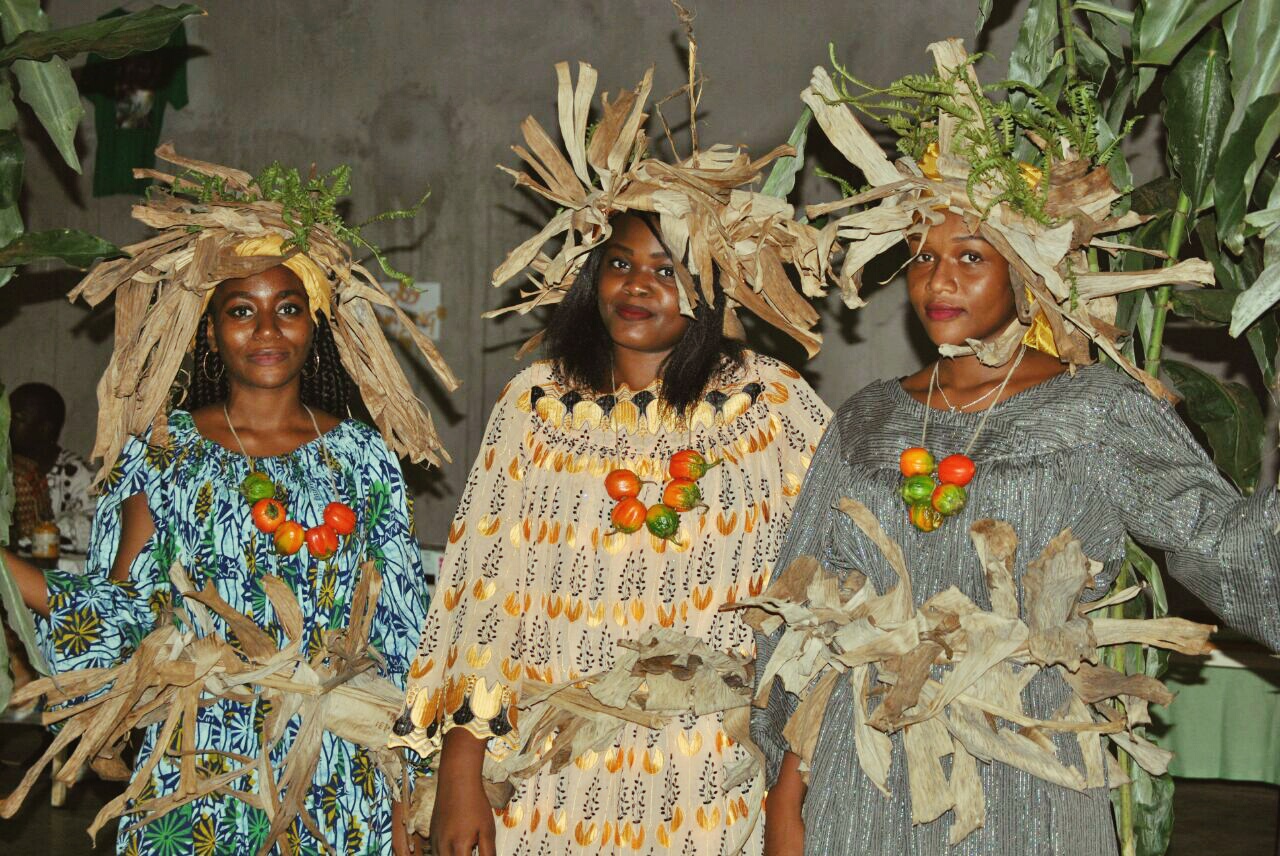LITTORAL REGION
The Littoral Region is one of the ten Regions of Cameroon, located in the South-east of the country with Douala as its Chief-town. It shares boundaries with four Regions of Cameroon: the South-West Region, the Centre Region, the West Region, and the South Region, as well as the Gulf of Guinea.
The Region is made up of four Divisions, 3 City Councils, and 34 Municipal Councils. These are the Wouri Division with 6 Councils and a City Council in Douala, the Moungo Division with 13 Councils and a City Council in Nkongsamba, the Nkam Division with 4 Councils, and the Sanaga Maritime Division with 11 Councils and a City Council in Edéa. It covers a surface area of 20,239 km2, and hosted over 2,510,263 inhabitants in 2005. The density ratio is 124 inhabitants per km2 and over 92.6% of the population live in towns as estimated in 2005.
As far as tourism is concerned, the Littoral Region has several assets. Some of which are the coastal area which is suitable for seaside tourism, the picturesque bays, and the fine beautiful sandy beaches that stretches as far as one can see, notably at Yoyo in the Mouanko Sub-Division of the Sanaga Maritime Division and at Manoka in Douala 6 Sub-Division of the Wouri Division.
Situated closest to the sea, on the left bank of the Wouri River, the city of Douala, Cameroon’s Regional and economic Chief-town, is one of the main gateways to Cameroon. It is a city teeming with activity, thanks to its port, one of the most important on the West African coast, and its international airport serving several airlines. Apart from business tourism, which is experiencing a booming due to the quality of the hotel industry, Douala’s main tourist attractions are its monuments inherited from the colonial era as well as its numerous markets.
As a matter of fact, Douala is not the only attractive town in the Littoral Region. Other secondary towns such as Edéa and Nkongsamba do exist and are attracting and playing host to many tourists.








